We Take a Look at Smithsonian Arts & Industries' Past As New Exhibit Focuses on the FUTURES11/22/2021 The Past Meets the Future at Second Oldest Smithsonian Museum Before there was a Smithsonian African American History Museum, an Air and Space Museum, or even a National Zoo, the Arts and Industries Building was the place to be. It was built to be America's national museum for which it's earned the nickname the "Mother of Museums." The museum is reopening after almost 20 years with FUTURES, a one-of-a-kind, forward-facing exhibit that asks us to imagine what the future could look like. But as AIB looks ahead, we want to take a look back at how the museum got its start. In 1879, the Smithsonian Institution broke ground for a new National Museum. The Institution’s collections were beginning to outgrow the Castle, and a new space was desperately needed. After a successful request for funds from Congress, and an architectural competition won by Adolf Cluss, work began on a museum that would feature prominent items from natural, American, and scientific history. The US National Museum opened to the public in 1881. When it first opened, it held several exhibits from the 1876 Centennial Exposition at Philadelphia, what later became known as the first World’s fair. The museum featured exhibits, “on geology, metallurgy, zoology, medicine, anthropology, art, history and technologies such as ceramics, printing, transportation, textiles, fisheries, and agriculture,” in it’s massive 80,000 square foot building. It established itself as a first-of-its-kind palace of wonders, wowing global audiences for nearly a century and a half. It's where Thomas Edison first showcased his light bulb, people first gazed upon the telephone and saw the first cast of a blue whale. 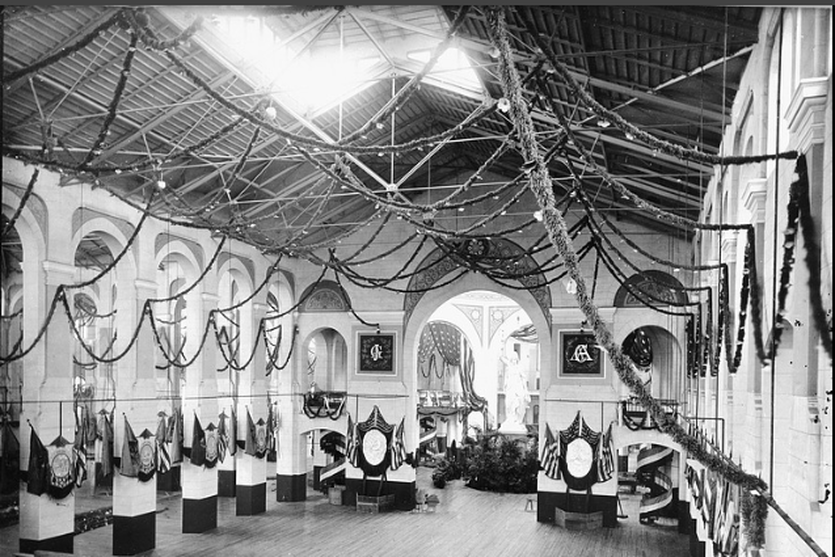 The building is decorated for the March 4, 1881, inaugural ball of James A. Garfield and Chester A. Arthur, the first public use of the new museum building. Strings of garlands of electric lights were strung from the ceiling and the "Statue of America" in the Rotanda held an electric lamp in her hand. Courtesy Smithsonian Institution Archives On March 4, 1881, just four months before he was shot by an assassin, President James A. Garfield celebrated his inauguration here – the first large event held in this building. The original floors he walked upon remain in the building. In the rotunda, a colossal ‘Statue of America’ holds up Edison’s new electric light, symbolizing the “skill, genius, progress, and civilization of America" and a 26-year-old John Philip Sousa led the Marine Band under the glow of 3,000 gas lights, festive buntings, and state flags and seals. Dubbed America’s ‘Palace of Wonders,’ rare objects such as the first cast of a blue whale, the Star-Spangled Banner and inventions like the steam engine were put on display for the public to enjoy. AIB’s halls were kind of the history pop-up of the time, displaying iconic items from significant moments in American history almost as soon as they happened. In 1912, First Lady Helen Taft donates her inaugural gown to the National Museum, starting the popular First Ladies Gown Collection. Charles Lindbergh flies the Spirit of St Louis to Washington, D.C. in 1928, donating it to the Smithsonian and seeing it hung in AIB’s North Hall just two weeks later. In 1969, Apollo 11 astronauts unveil the first moon rock brought back to Earth in AIB’s rotunda, a few months after the first lunar landing. Much of what we think of as a museum today emerged from early experiments in AIB: descriptive labels to explain what people are seeing; new ways of organizing displays to tell stories; ‘pop culture’ collections; and even ‘living animal’ exhibits that introduce budding scientists to real wildlife (an initiative so popular it grows into the National Zoo). AIB is the Mother of the Smithsonian. Over time, the building served as a home for many Smithsonian collections which then grew into their own museums on the National Mall, including the National Museum of Natural History, National Museum of American History, and National Air and Space Museum. It's fitting that AIB is right next door to Smithsonian Castle, the final resting place of the Institution's benefactor, James Smithson. The Smithsonian Institution continued to grow, and its museums expanded over the National Mall. The Natural History opened in 1910, prompting several exhibits to be moved from the US National Museum and Castle. The National Museum was renamed the Arts and Industries Building, and held artifacts from American history and technology for fifty years. In 1964, the new National American History and Technology Museum (now it’s just the Museum of American History) opened up across the Mall, which acquired several more exhibits from the Arts and Industries building. In 1976, the Air and Space Museum opened up, and the rockets were moved out of the courtyard. Although the building became a National Historic Landmark, it stopped growing. With every new Smithsonian museum, the Arts and Industries building’s collections deflated. Shortly after a 1976 exhibit on the 1876 Centennial (yes, that’s a centennial celebration of a Centennial), the Arts and Industries Building took on temporary exhibits, and events for children in the Discovery Theater. The building never got back to its former prominence. With new museums containing it’s former exhibits, the Arts and Industries Building became the forgotten branch of the Smithsonian. While it's not clear what will happen to the building after the FUTURES exhibit closes next year, one thing is clear: AIB's past will continue to influence how we experience museums for many years to come. Curious? There's more!
0 Comments
Leave a Reply. |
AboutLook up, down, and all around. Adventures can be found everywhere -- if you're curious enough to look. k for it Categories
All
|
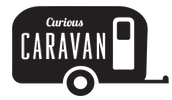
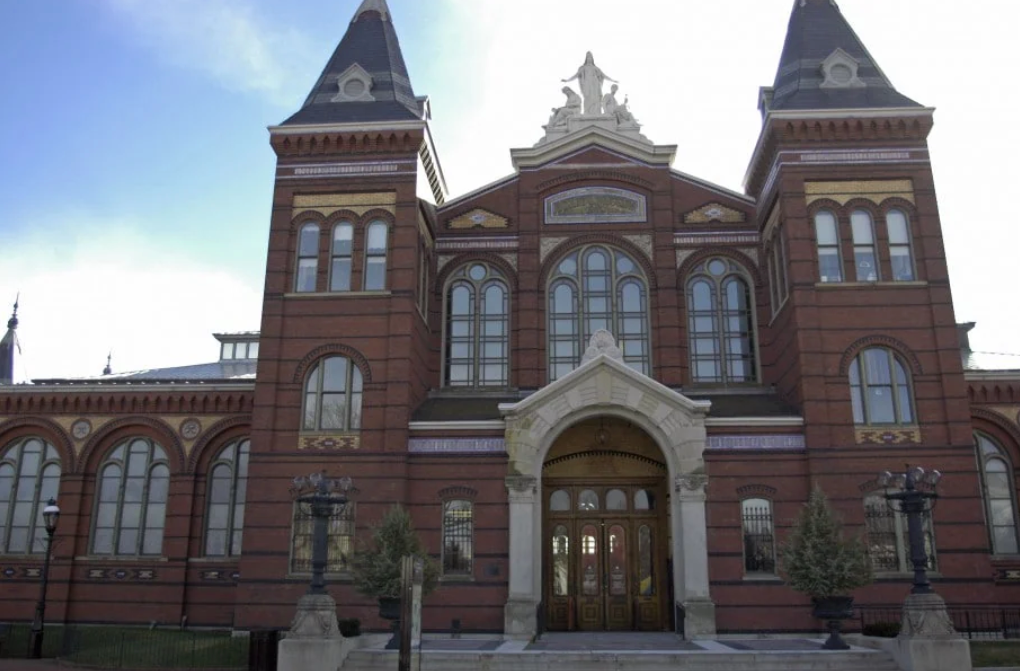
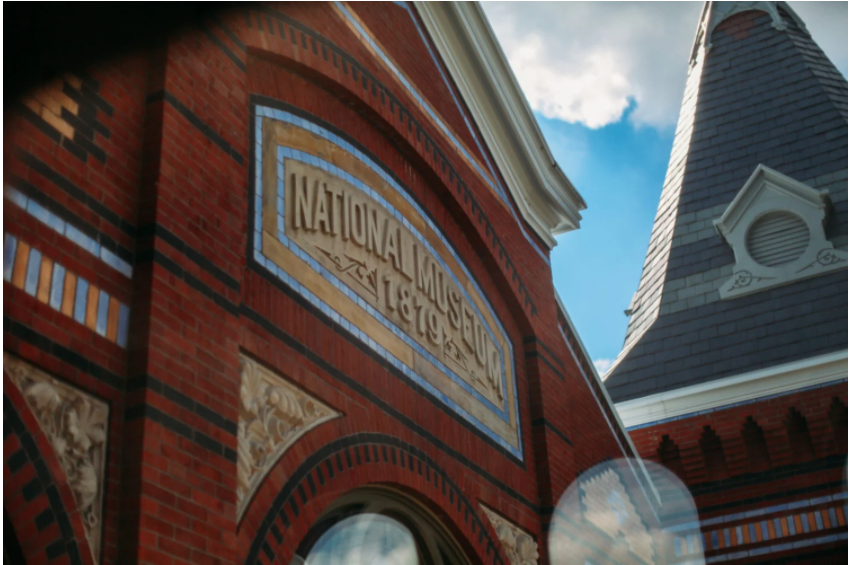
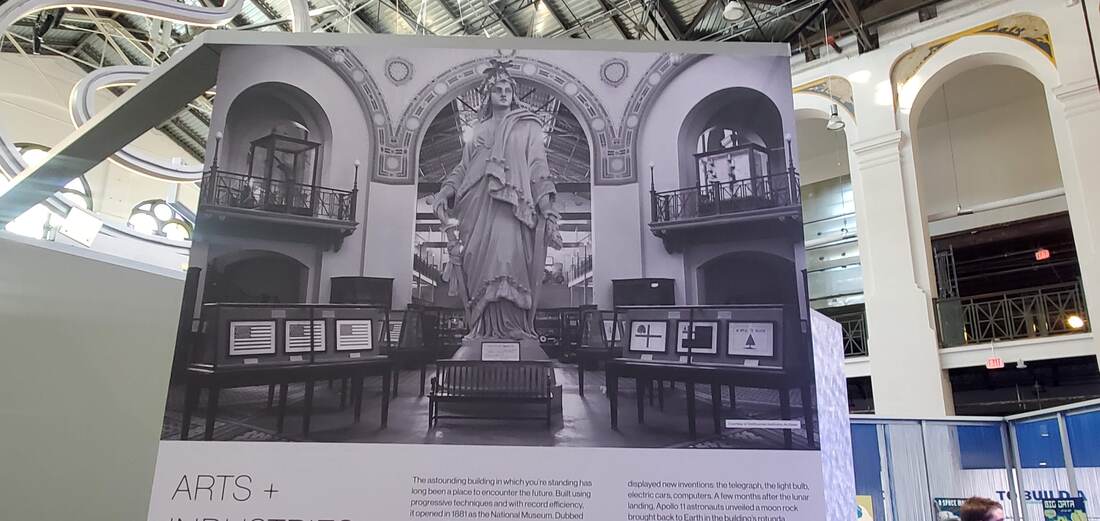
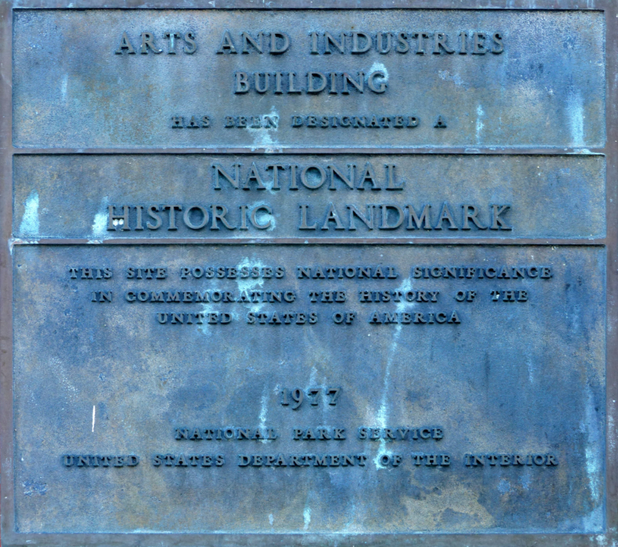
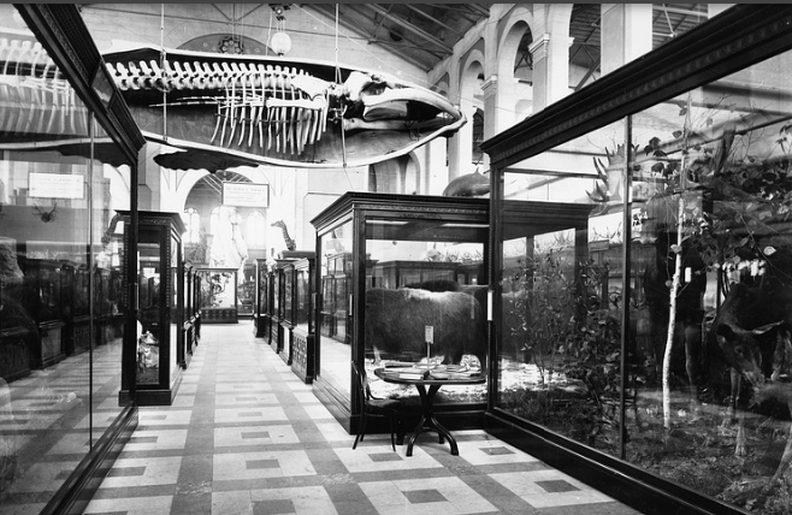
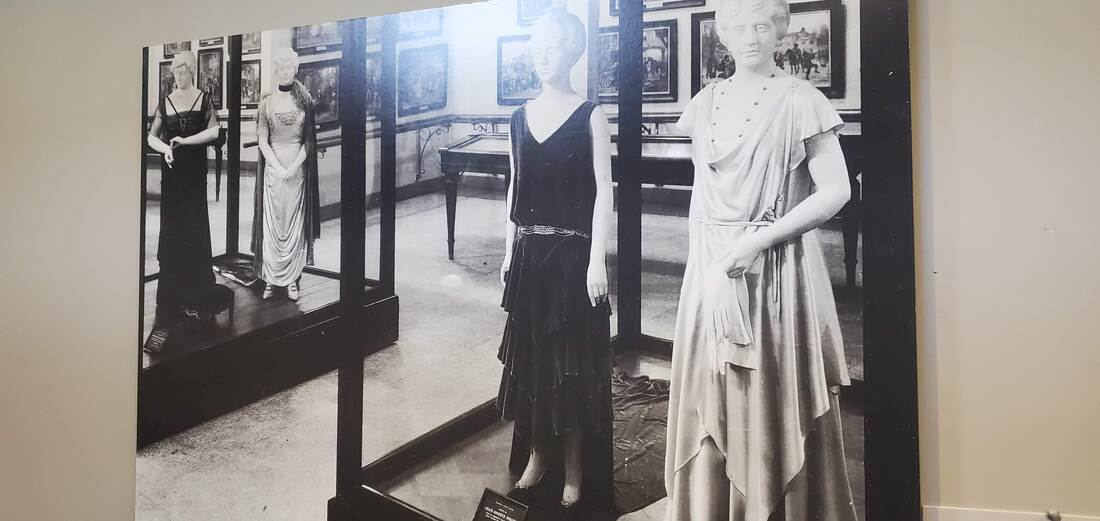
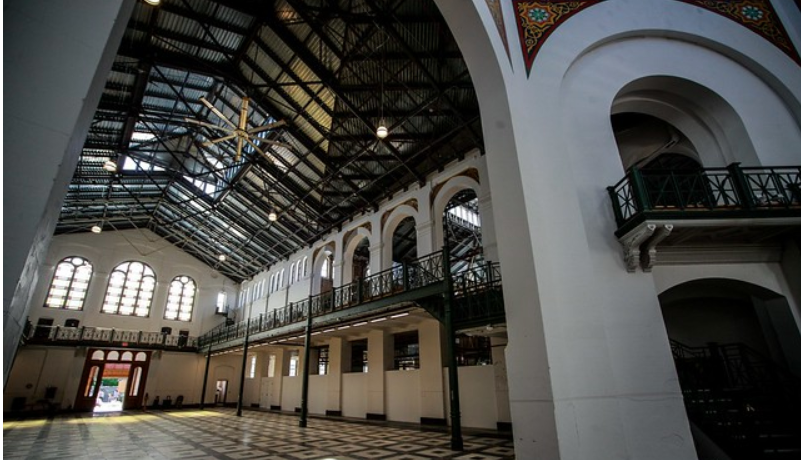
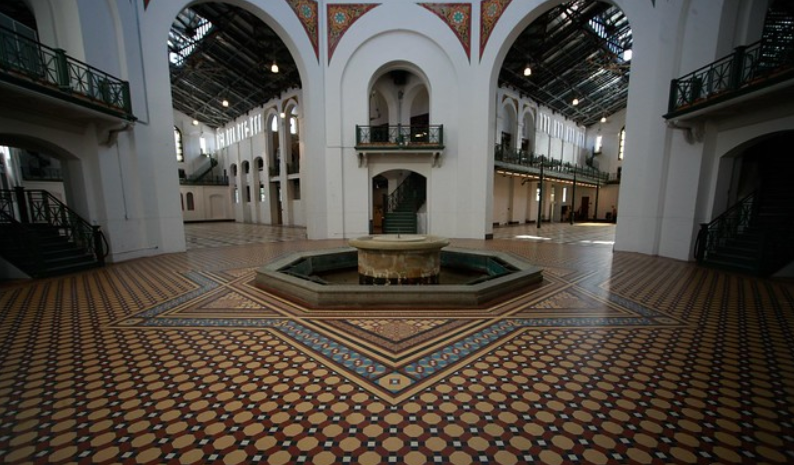
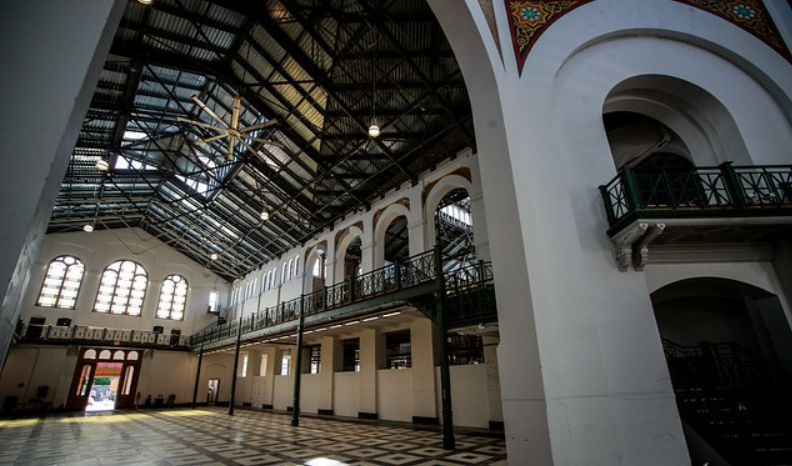
 RSS Feed
RSS Feed